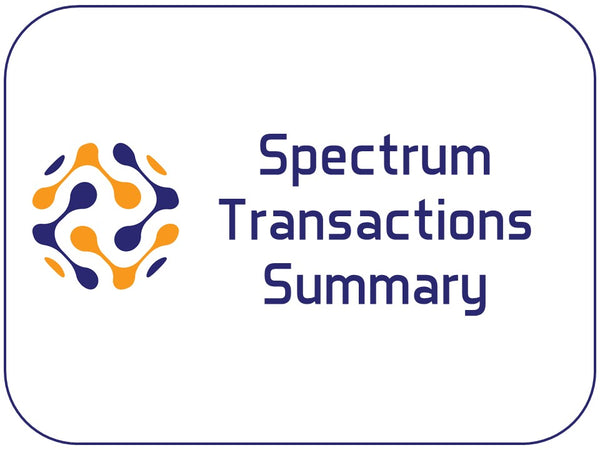2.5 GHz Auction - Great for Rural Markets, Limited for Urban August 1, 2019 17:48
In July, the FCC released their report and order for their plans to auction the white space 2.5 GHz spectrum. Using our Mobile Carrier - Spectrum Ownership Analysis Tool we have created a couple of images to illustrated the auction of the spectrum in a rural county and the auction of spectrum in a urban county.
Our rural example focuses on Wayne County, Iowa. Wayne County has a population of nearly 6,500.
In the image above, we indicate the primary spectrum ownership for each channel in Wayne, IA. Sprint is the spectrum owner for all of the BRS (Broadband Radio Service) channels and the FCC is the spectrum owner for all of the EBS (Educational Broadcast Service) channels. We have highlighted in the Bandwidth row, the different channels the FCC has defined for auction. The red highlights are for the 49.5MHz channel, the green highlights indicate the channels included in the 50.5MHz channel and the blue highlights indicate the channels included in 17.5MHz channel. The 17.5MHz channel consists of 3 x 5.5MHz contiguous channels and 3 x 0.33MHz guard band channels.
In the area below each channel we indicate in green, the available population that can be licensed for each channel as a percentage. Clearly, purchasing any of the 3 channels (49.5, 50.5, 17.5) at auction would provide a carrier with the ability to service 100% of the population with each of the component 2.5GHz channels.
Our urban example focuses on McHenry County, IL. McHenry County has a population of nearly 310,000. McHenry County is one of the 6 counties that constitute the Chicago CMA Market.
In the urban example, the carrier that purchases the red (49.5MHz) channel would be able build a network reaching 20% of the population with the A1, A2, and A3 channels (16.5MHz), they would be able to reach 80% of the population with the B1, B2, B3, and C3 channels, and they can reach the entire population with the C1 and C2 channels. The auction winning carrier will have to coordinate their operations for all but the C1 and C2 channels around the geographic license areas that Sprint already controls.























